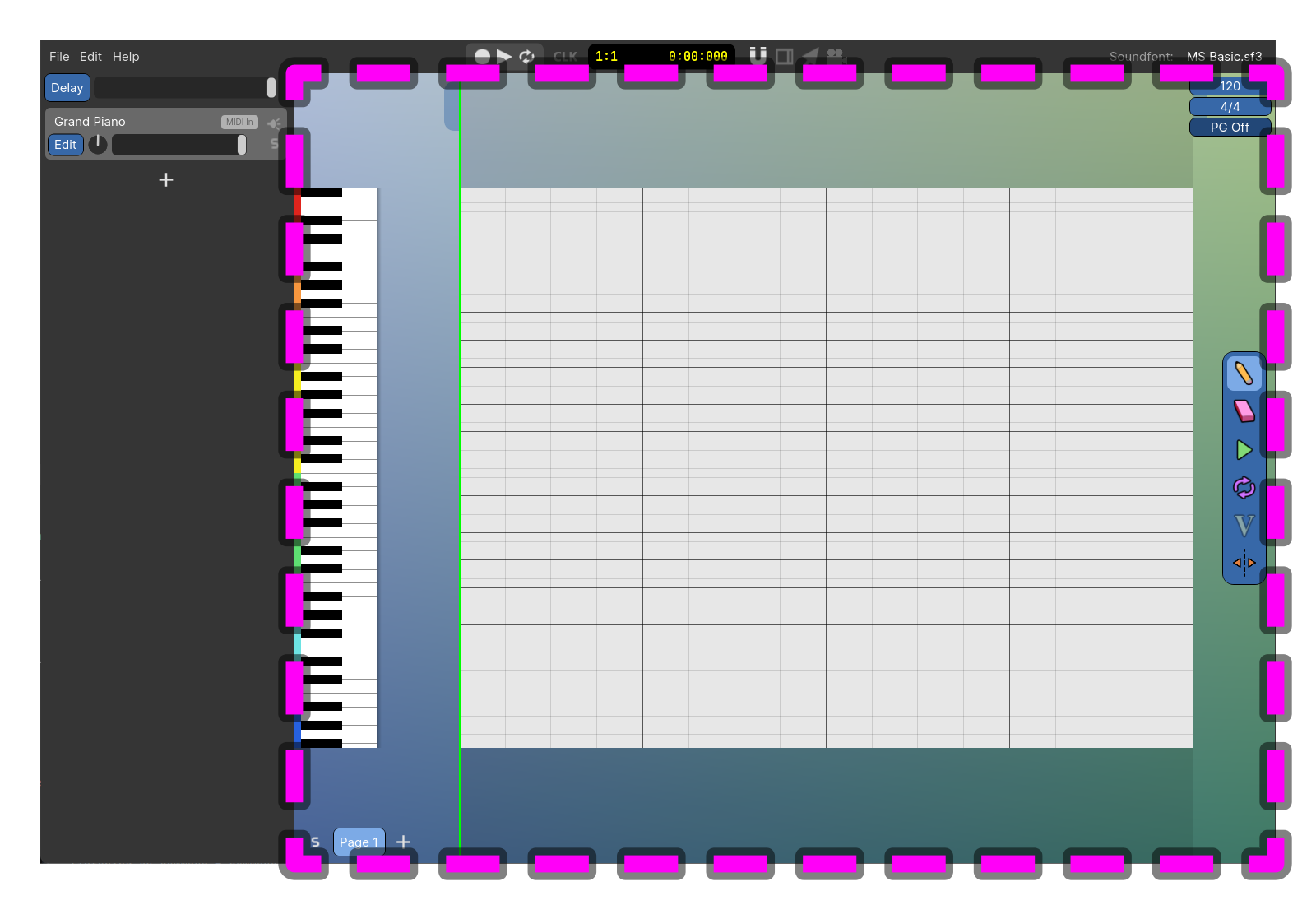Audacity, the free, open source, cross-platform audio software for multi-track recording and editing, has been updated to v2.2.0.
Major new features – (additional details in the Audacity 2.2.0 manual):
- Four supplied user interface themes, and customizability of themes for advanced users (thanks to James Crook and the Dark Audacity project).
- Playback of MIDI files (fully automatic on Windows; requires cooperating software synthesizer programs on macOs or Linux; special thanks to Audacity co-founder Roger Dannenberg and new contributor "pokechu22").
- Better organized menus.
- Help link buttons in many dialogs lead to the relevant manual pages.
Changed in Audacity 2.2.0:
- 198 bugs/annoyances in 2.1.3 fixed, most importantly:
- Improved recovery from full file system errors; in case of recording, Audacity 2.2.0 will preserve as much of the recorded data as possible.
- Complete support for macOS 10.12 (Sierra).
- Thorough update of the manual with new images, more hover texts, and more cross-references.
Audacity is a free wave (audio) editor.
Visit: audacityteam.org



